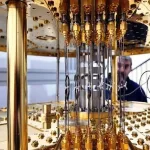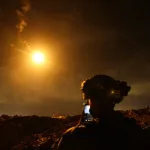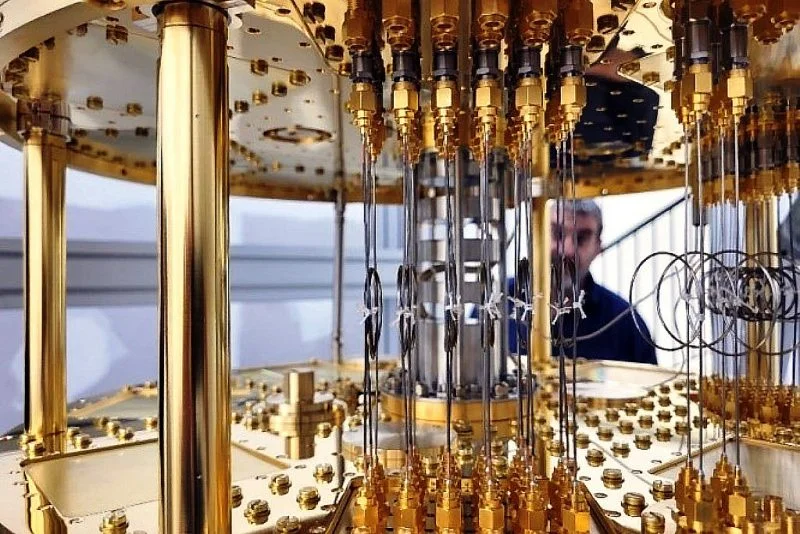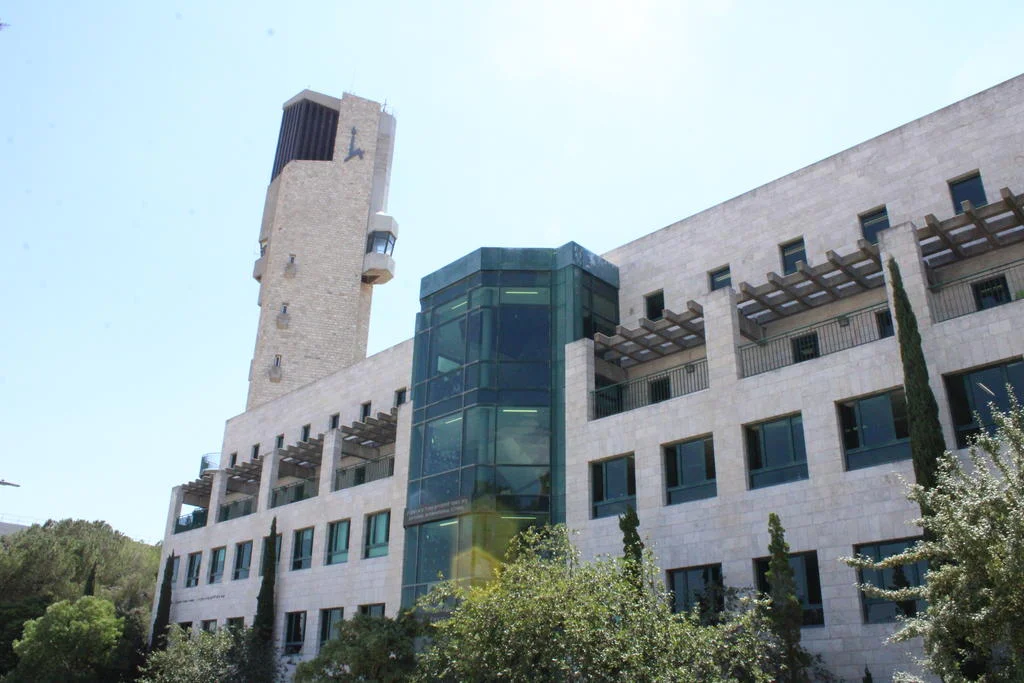Jerusalem, 17 September, 2025 (TPS-IL) — A groundbreaking experiment has set a new benchmark in the search for one of physics’ most enduring mysteries: light dark matter. Scientists have achieved unprecedented sensitivity in detecting faint interactions between dark matter and ordinary matter, offering a fresh avenue for future discoveries and pushing the limits of science’s understanding of the universe.
Dark matter is an invisible substance that makes up about 85% of the universe’s matter. It doesn’t emit, absorb, or reflect light, so scientists detect it only through its gravitational effects, such as the way galaxies spin or bend light. Dark matter is crucial because it shapes galaxies, influences the cosmos’s structure, and affects star and planet formation. Light dark matter, on the other hand, refers to much lighter particles — often thousands or millions of times less massive than a proton. Because they carry much less energy, detecting them is far more difficult.
The distinction is mostly about how small the particles are and how sensitive the detectors need to be.
Understanding dark matter could reveal entirely new physics beyond the Standard Model.
The breakthrough comes from a new experiment called QROCODILE, or the Quantum Resolution-Optimized Cryogenic Observatory for Dark Matter Incident at Low Energy, led jointly by the University of Zurich and the Hebrew University of Jerusalem. The international collaboration also includes Cornell University, the Karlsruhe Institute of Technology, and the Massachusetts Institute of Technology.
At the core of QROCODILE is a superconducting detector cooled near absolute zero, capable of sensing energy deposits as tiny as 0.11 electron-volts — millions of times smaller than those measured in standard particle physics experiments. This allows researchers to probe dark matter particles with masses far below those previously explored.
During a 400-hour science run, the experiment recorded a handful of unexplained signals. While it is too early to confirm them as dark matter — they could arise from cosmic rays or natural background radiation — the data already allowed the team to set world-leading limits on how light dark matter interacts with electrons and atomic nuclei.
An innovative feature of QROCODILE is its potential to determine the direction of incoming particles. Since the Earth moves through the galactic halo, dark matter is expected to arrive from a preferential direction. Future upgrades could allow scientists to distinguish true dark matter signals from random background noise, an essential step toward definitive detection.
“For the first time, we’ve placed new constraints on the existence of especially light dark matter,” said Prof. Yonit Hochberg of the Racah Institute of Physics at the Hebrew University, one of the project’s lead scientists. “This is an important first step toward larger experiments that could ultimately achieve the long-sought direct detection.”
The next phase of the project, NILE QROCODILE, will further improve the detector’s sensitivity and relocate the experiment underground to reduce interference from cosmic rays. Researchers plan to deploy larger detector arrays, push energy thresholds even lower, and enhance shielding, all aimed at probing the dark universe in greater detail.
While the ultimate discovery of light dark matter remains uncertain, QROCODILE demonstrates that scientists are now equipped to explore realms once considered beyond reach.
“With these new tools, we’re opening a window into a part of the universe that has long been hidden,” Prof. Hochberg added. “The possibilities for discovery are enormous, and we are just getting started.”
The findings were published in the peer-reviewed Physical Review Letters.


























